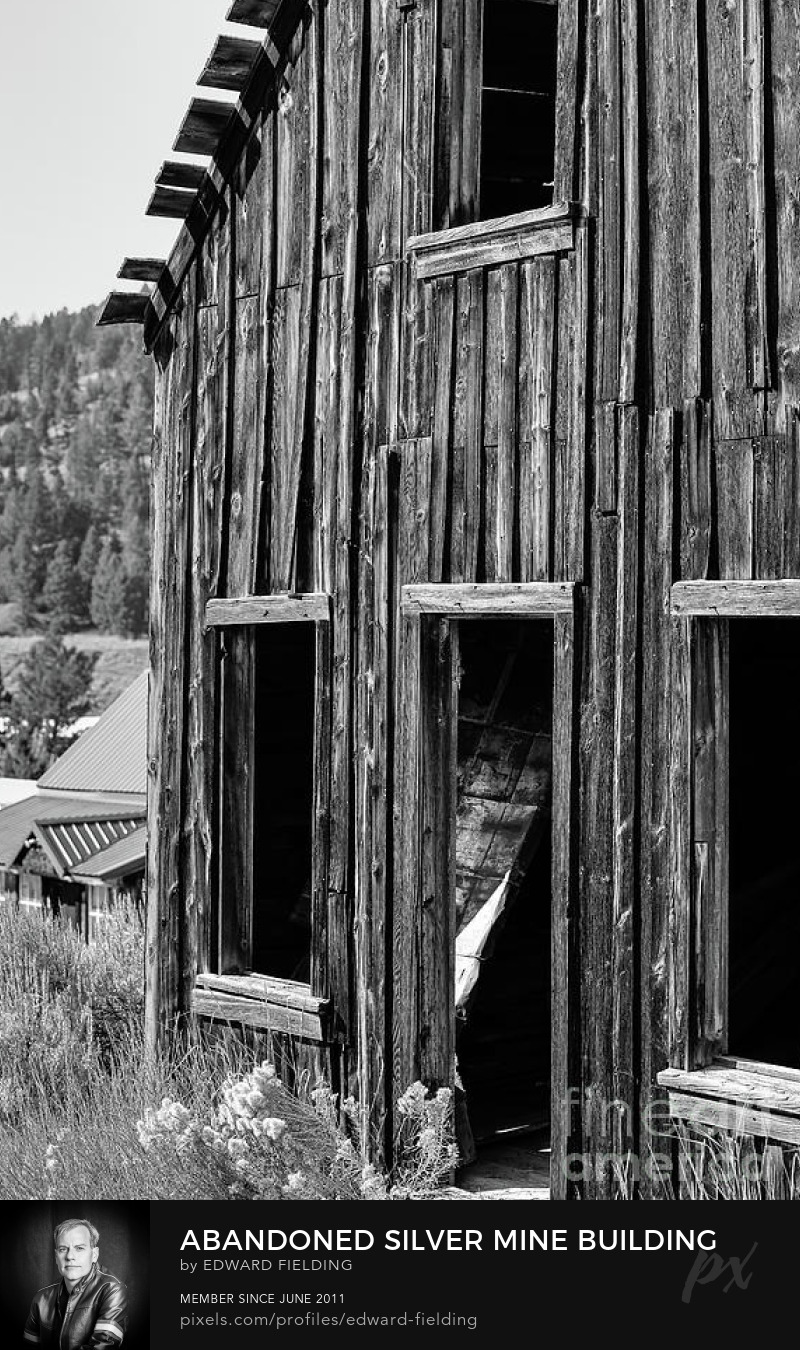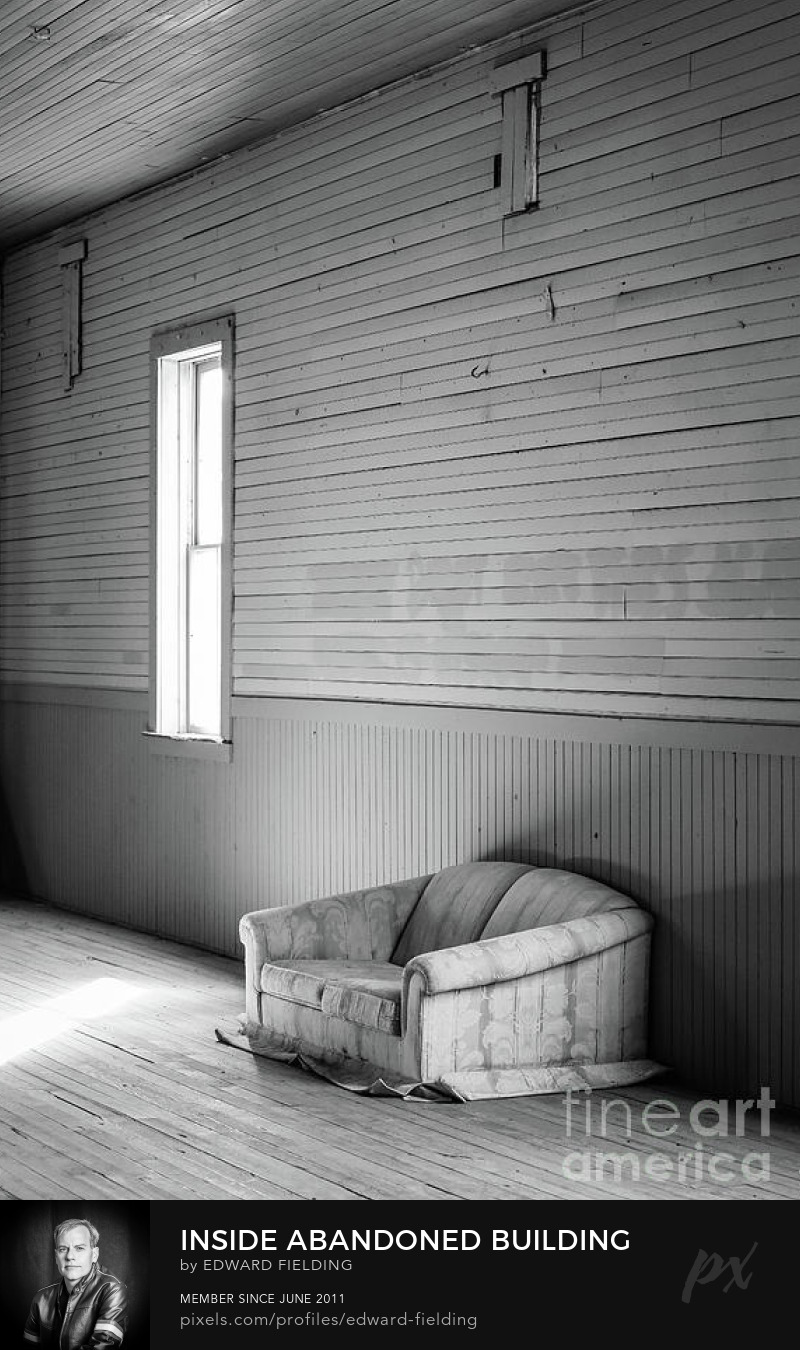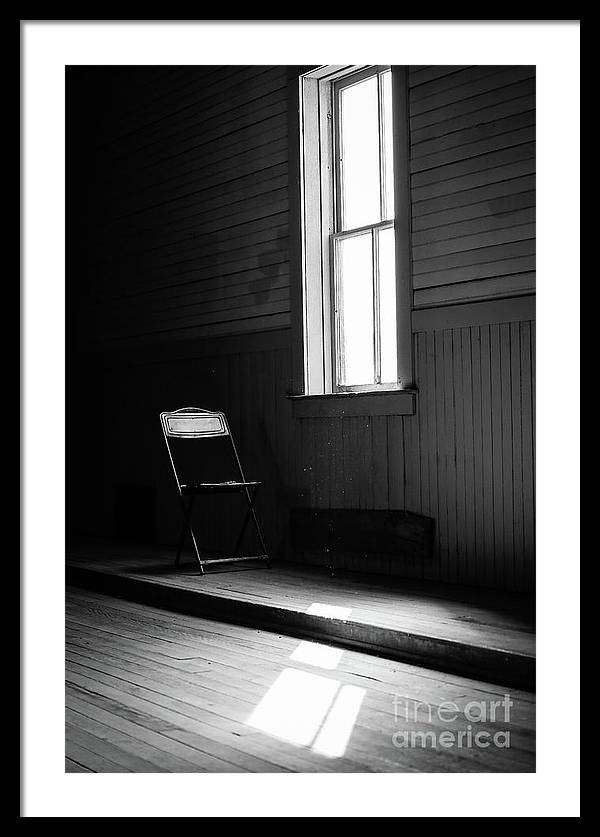The Montana City That Vanished Overnight
Ghost towns share an eerie silence. Once bustling cities of gold and silver, they fall silent in a single night when word arrives by the last train that the markets have crashed.
Visit today and there is often an uneasy feeling that one is being watched. The sparse local inhabitants who either were handed down nearly worthless real estate or are simply squatting in abandoned dwellings, seem to move into the shadows when they hear a car full of tourists coming up the mountain pass. See all of the Elkhorn Ghost Town photographs here.
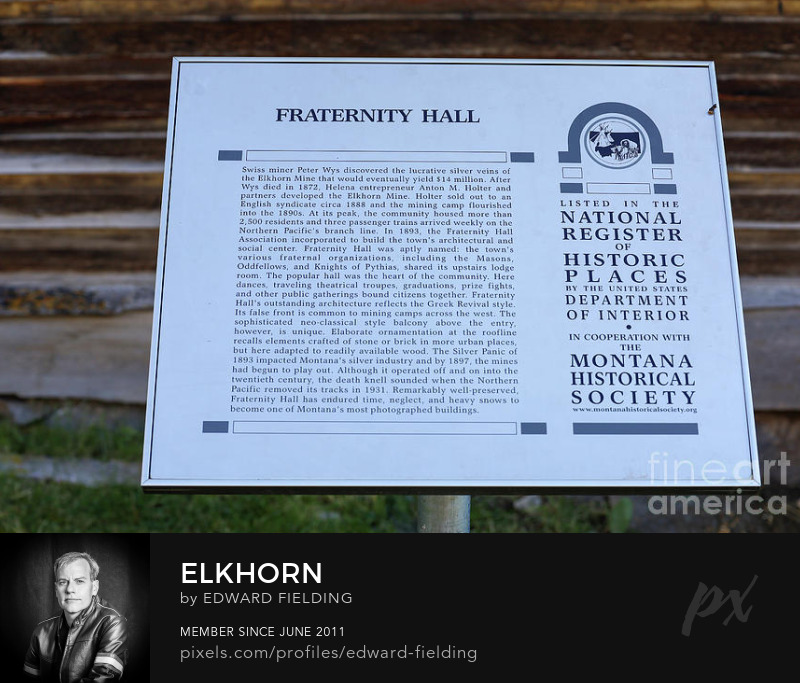
The Panic of 1893 was an economic depression in the United States that began in 1893 and ended in 1897. During the Gilded Age of the 1870s and 1880s, the United States had experienced economic growth and expansion, but much of this expansion depended on high international commodity prices. Exacerbating the problems with international investments, wheat prices crashed in 1893. In particular, the opening of numerous mines in the western United States led to an oversupply of silver, leading to significant debate as to how much of the silver should be coined into money. During the 1880s, American railroads also experienced what might today be called a “bubble”: investors flocked to railroads, and they were greatly over-built.
Silver mining is only a worthwhile pursuit if one receives a paycheck. When the paymaster’s window shuts down for good, the town is worthless. There is no farming, no other industry, only the promise of a cold, hard winter ahead. Best to gather up what you can and catch the last train or last wagon out of the mountains and try your luck elsewhere.
Today, Elkhorn is the smallest state park in the Big Sky state of Montana. In fact, the state only owns a couple of acres around some of the buildings. The test of the place is made up of original buildings taken over as private summer cabins.
Elkhorn is located in Jefferson County, about 50 miles south of Helena. Backcountry roads settle you into a 19th-century mining landscape before you reach historic Fraternity Hall and Gillian Hall nestled within the privately owned town of Elkhorn.
There are no real facilities except for an outhouse at the picnic spot at the edge of town. A few signs were probably first erected when the area first became a state park. Now they sit and rot, waiting for the state legislators to give a damn and drop a few taxpayer dollars on this state’s historic treasure.
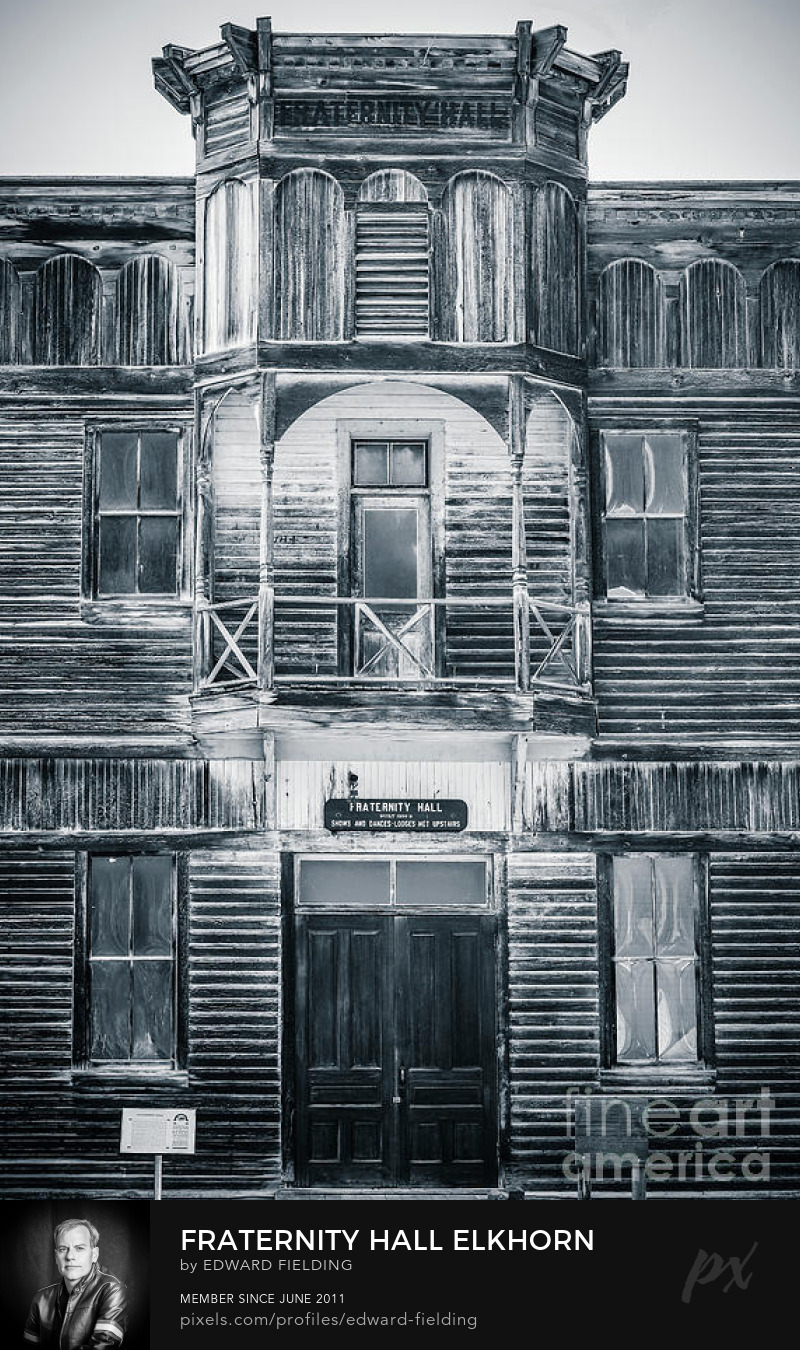
Three-quarters of a mile up the main road that runs through town (just outside of the state park property) lies the town cemetery where visitors can see the tombstone of Swiss miner Peter Wys who originally discovered the silver veins in the Elkhorn Mine.

Rich with mineral deposits (including silver), the Boulder Batholith originally drew settlers to the area and led to the establishment of Elkhorn in 1868, now a silver-mining ghost town. The 1880s and 1890s were the most populous times for Elkhorn, drawing around 2,500 residents at its peak, but after the Silver Crash of 1893, the town saw a drop of 75 percent of its population in just two months. In total, the Elkhorn Mine yielded about $14 million in silver.
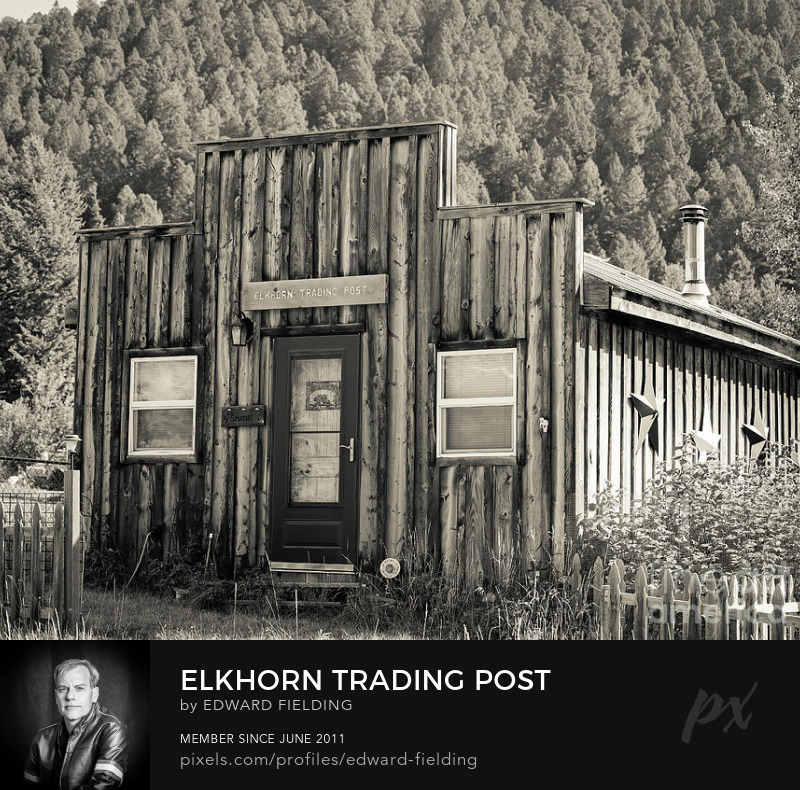
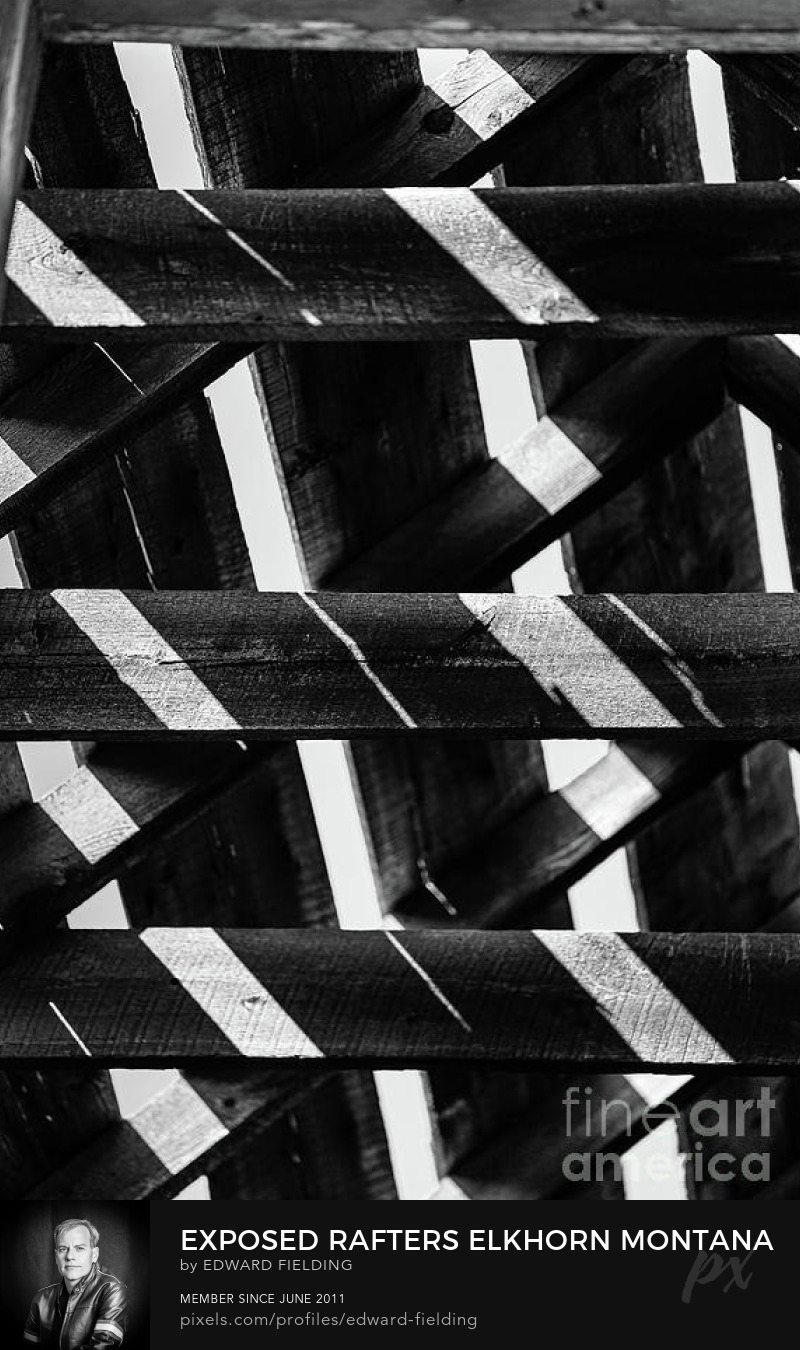
The Free Silver movement arose from a synergy of farming and mining interests. Farmers sought to invigorate the economy and thereby end deflation, which was forcing them to repay loans with increasingly expensive dollars. Mining interests sought the right to turn silver directly into money without a central minting institution. The Sherman Silver Purchase Act of 1890, while falling short of the Free Silver movement’s goals, required the U.S. government to buy millions of ounces of silver above what was required by the 1878 Bland–Allison Act (driving up the price of silver and pleasing silver miners).
People attempted to redeem silver notes for gold. Ultimately, the statutory limit for the minimum amount of gold in federal reserves was reached and U.S. notes could no longer be successfully redeemed for gold. Investments during the time of the panic were heavily financed through bond issues with high-interest payments. Rumors regarding the National Cordage Company (NCC)’s financial distress (NCC was the most actively traded stock at the time) caused its lenders to call in their loans immediately, and the company went into bankruptcy receivership as a result. The company, a rope manufacturer, had tried to corner the market for imported hemp. As demand for silver and silver notes fell, the price and value of silver dropped. Holders worried about a loss of face value of bonds, and many became worthless.
A series of bank failures followed, and the Northern Pacific Railway, the Union Pacific Railroad and the Atchison, Topeka & Santa Fe Railroad failed. This was followed by the bankruptcy of many other companies; in total over 15,000 companies and 500 banks, many of them in the West, failed. According to high estimates, about 17%–19% of the workforce was unemployed at the panic’s peak. The huge spike in unemployment, combined with the loss of life savings kept in failed banks, meant that a once-secure middle-class could not meet their mortgage obligations. Many walked away from recently built homes as a result.
